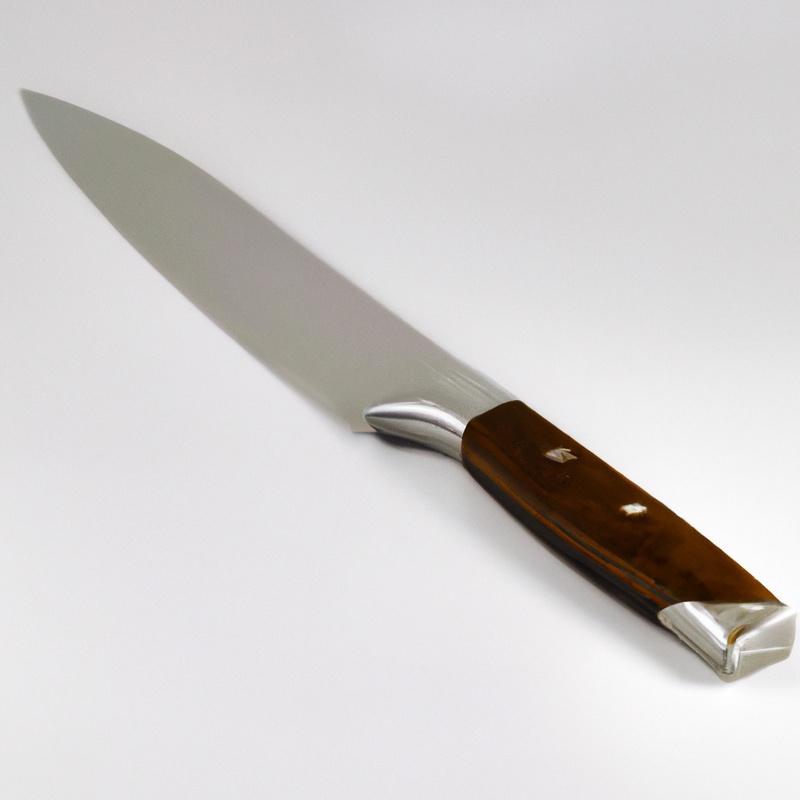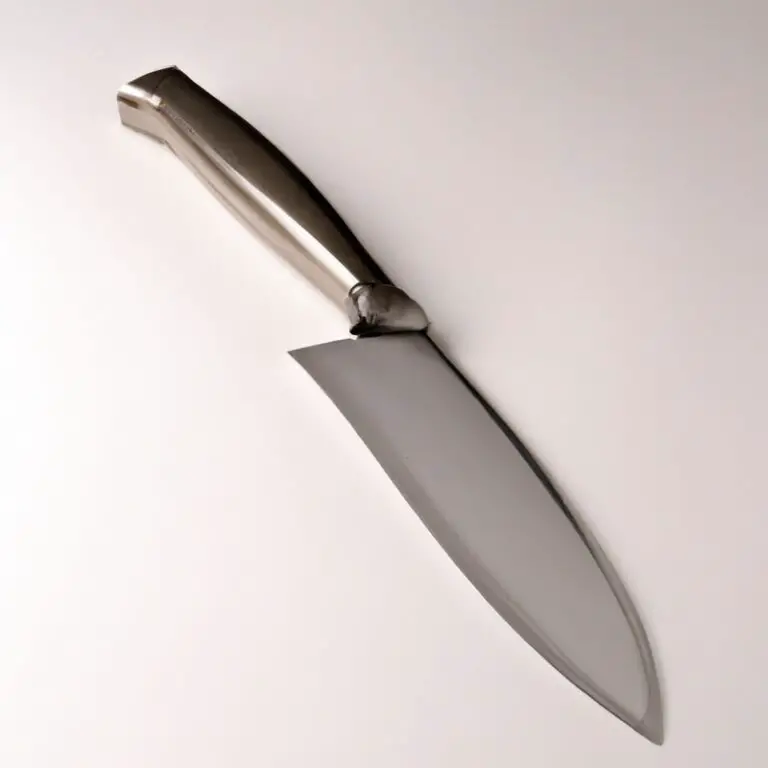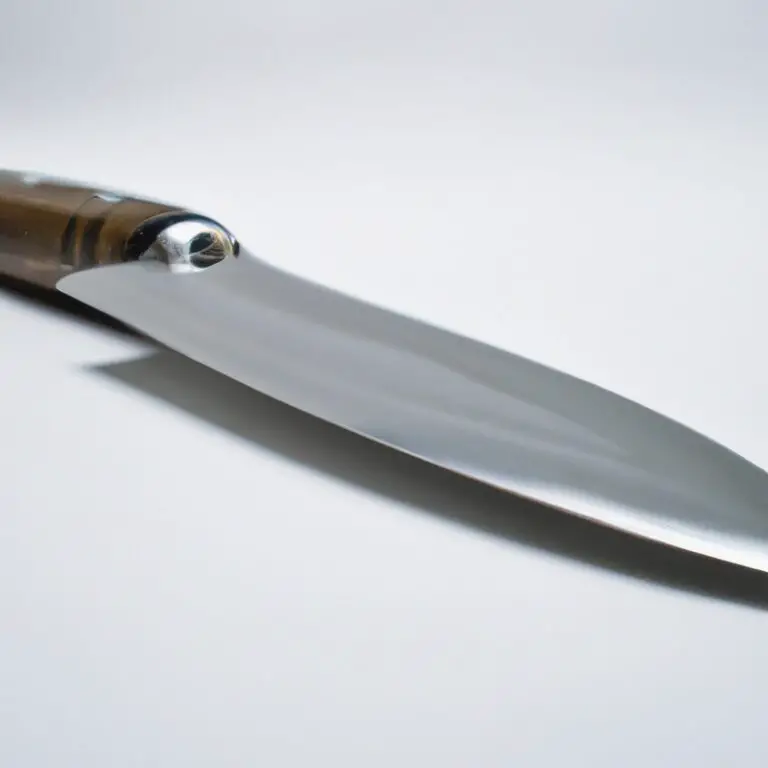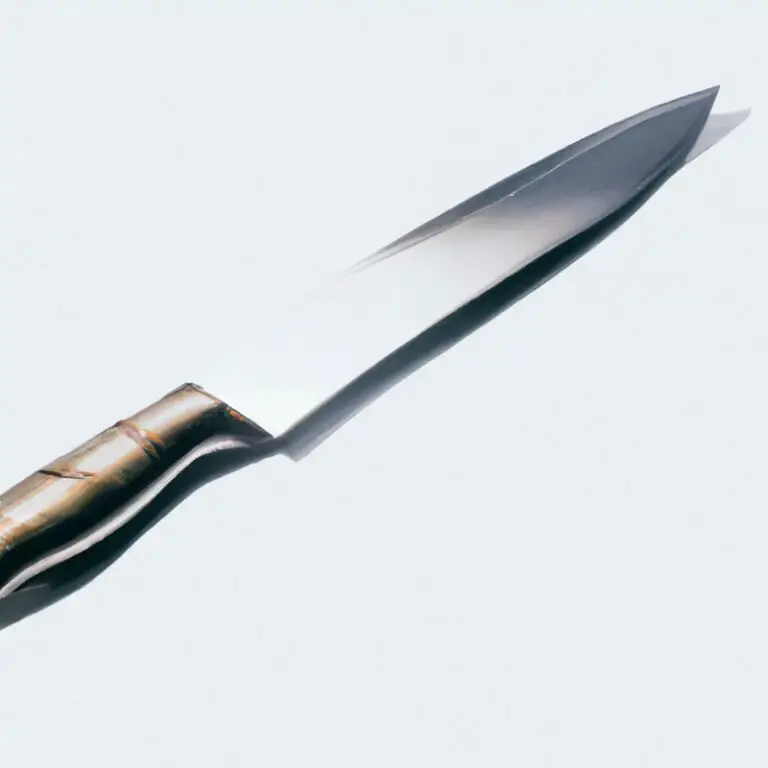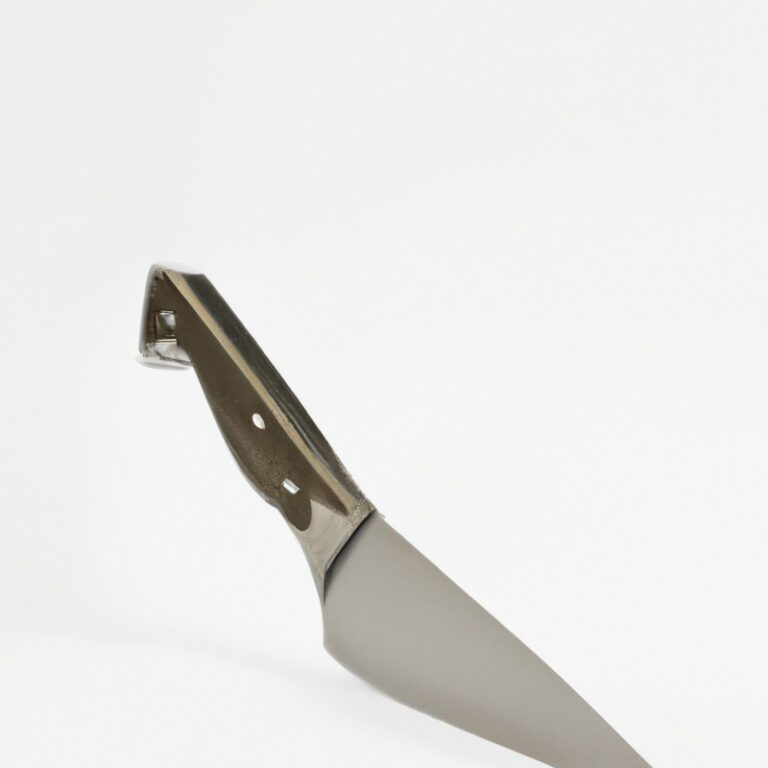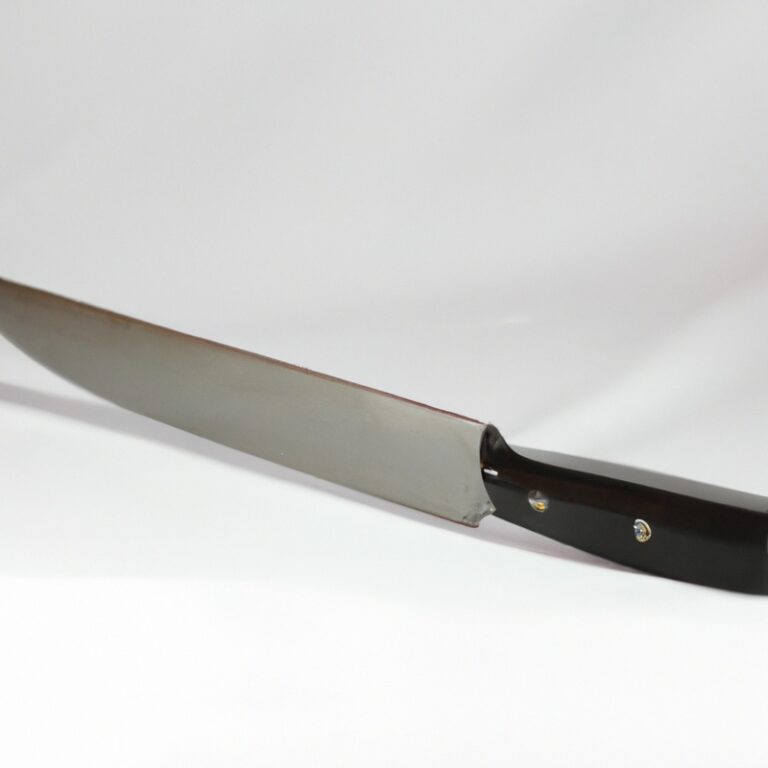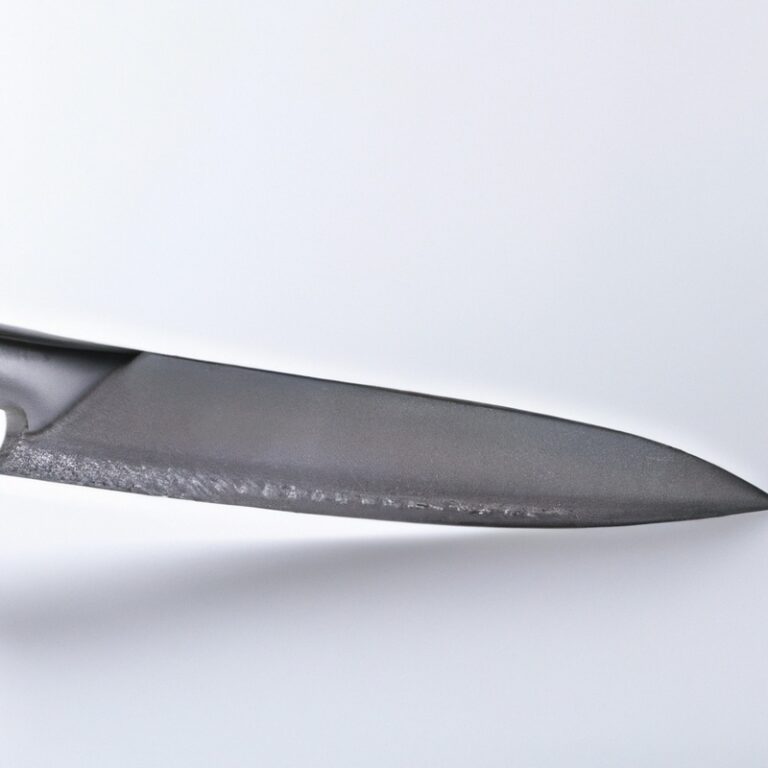What Are The Common Types Of Knife Steel?
Key Takeaways:
- Stainless steel and carbon steel are the most common types of knife steel.
- Stainless steel offers better resistance to corrosion but may be harder to sharpen.
- Carbon steel is easier to sharpen and holds its edge well, but it is more prone to rust.
- Knife steel selection depends on personal preference and intended use of the knife.
When it comes to the world of knives, the type of steel used can make a world of difference. But with so many options out there, it can be overwhelming to know which one is right for you.
That’s where I come in.
As an expert in knife steel, I’m here to guide you through the common types, from stainless steel to carbon steel and everything in between. We’ll explore the characteristics and benefits of each type, as well as factors to consider when choosing the best steel for your needs.
Plus, I’ll share some valuable tips on how to properly maintain and care for your knives.
Get ready to become a steel-savvy knife connoisseur!
| Steel Type | Description |
| Stainless Steel | A common type of steel that is resistant to corrosion, making it ideal for kitchen knives. |
| High Carbon Steel | A type of steel with a higher carbon content which gives it better edge retention and hardness. |
| Damascus Steel | Known for its beautiful patterned appearance, Damascus steel is made by folding and layering different types of steel together. |
| Tool Steel | This type of steel is known for its high hardness and durability, making it suitable for heavy-duty cutting tasks. |
| Ceramic | A non-metallic material that is extremely hard and resistant to wear, but more prone to chipping or breaking. |
| Titanium | While not a true steel, titanium is highly lightweight, corrosion-resistant, and has good edge retention. |
Types of Stainless Steel
Austenitic Stainless Steel
Austenitic stainless steel is a common type of knife steel known for its excellent corrosion resistance. It contains high levels of chromium and nickel, which contribute to its durability and strength.
Austenitic steel is non-magnetic and retains its toughness even at low temperatures.
It is also easy to clean and maintain. However, it can be less wear-resistant compared to other types of knife steel.
Despite this, many people choose austenitic stainless steel for its corrosion resistance and overall performance in kitchen knives.
Martensitic Stainless Steel
Martensitic Stainless Steel is a type of stainless steel known for its high strength and hardness.
It contains a higher carbon content compared to other stainless steels, which allows it to be heat treated to achieve these properties.
Martensitic stainless steel is commonly used in knife blades, as it offers excellent edge retention and wear resistance.
However, it is less resistant to corrosion than other stainless steel types.
Proper care and maintenance are important to prevent rusting.
Ferritic Stainless Steel
Ferritic stainless steel is a type of stainless steel known for its high chromium content, which provides excellent resistance to corrosion.
It is magnetic and has a lower carbon content compared to other types of stainless steel.
Ferritic steel is commonly used in applications where resistance to corrosion and heat is important, such as in automotive exhaust systems, kitchen equipment, and some architectural structures.
It is also known for its good formability and welding characteristics.
Overall, ferritic stainless steel offers a cost-effective option with good corrosion resistance and durability.
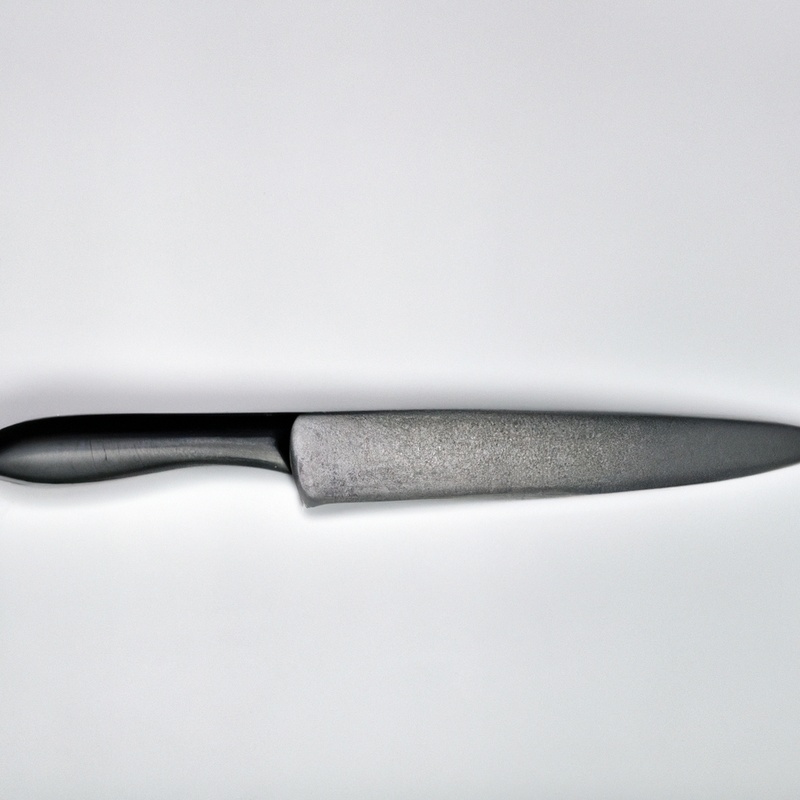
Types of Carbon Steel
High Carbon Steel
High carbon steel is a type of carbon steel that contains a higher percentage of carbon compared to other types of steel. This makes it incredibly strong and durable, perfect for applications that require a sharp edge and resistance to wear.
High carbon steel is commonly used in the production of knives, as it can hold a sharp edge for a long time and is relatively easy to sharpen.
However, it is important to keep in mind that high carbon steel is more prone to corrosion, so proper care and maintenance are necessary to prevent rusting.
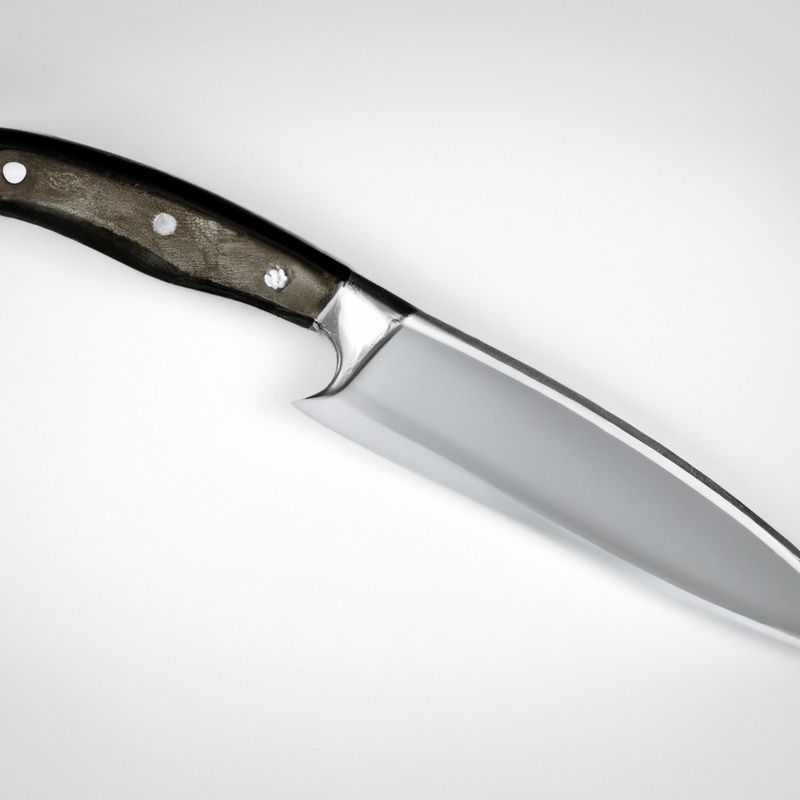
Low Carbon Steel
Low carbon steel is a type of steel that contains a low amount of carbon, typically less than 0.3%. This makes it softer and more malleable compared to high carbon steel.
It is commonly used in applications where strength and hardness are not major requirements, such as in car bodies, appliances, and construction materials.
Low carbon steel is also easier to weld and shape, making it a versatile choice. However, it may not hold a sharp edge as well as other types of knife steel.
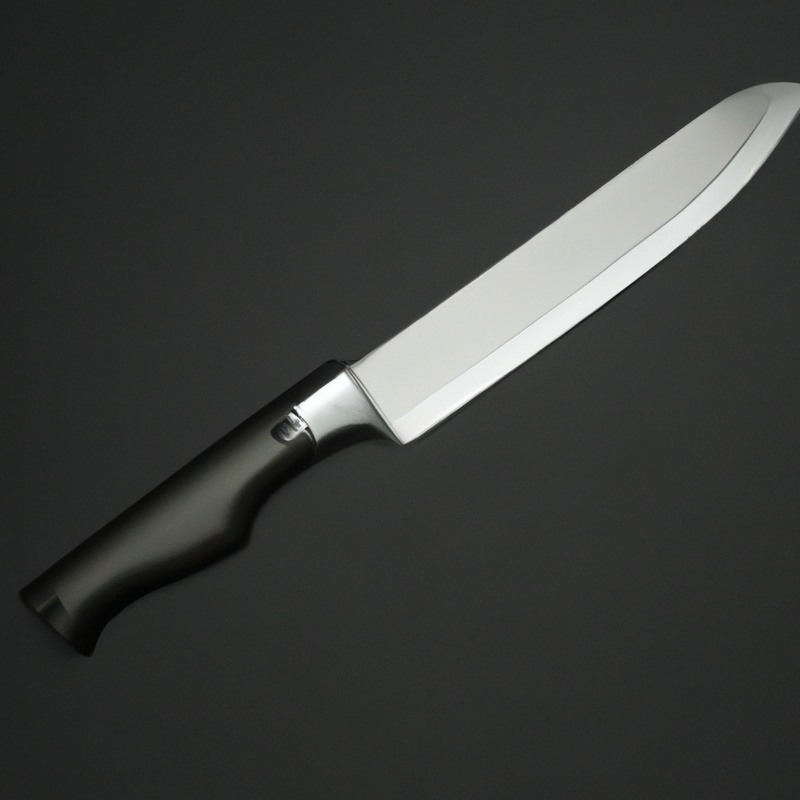
Tool Steel
Tool steel is a specific type of steel that is commonly used in the manufacturing of tools and equipment.
It is known for its exceptional hardness, ability to retain sharpness, and resistance to wear and abrasion.
Tool steel is classified into different grades based on its composition and properties.
Some popular types of tool steel include D2, A2, O1, and M2.
Each type has its own unique characteristics and is suited for specific applications.
Tool steel is widely used in industries such as automotive, construction, and machinery.
Other Types of Knife Steel
Damascus Steel
Damascus steel is a type of steel that is known for its distinctive pattern on the surface.
It is made by layering different types of steel together and then forging them to create a strong and durable blade.
The pattern is created through the process of etching the steel.
Damascus steel knives are highly sought after for their beauty and cutting performance.
They are known for their sharpness and ability to hold an edge.
Damascus steel has a long and rich history, originating from the Middle East.
Today, it remains a popular choice among knife enthusiasts and collectors.
Powder Metallurgy Steel
Powder Metallurgy Steel, also known as PM steel, is a type of steel that is made by blending and compacting powdered metal particles. This process allows for precise control over the composition and structure of the steel, resulting in enhanced properties such as superior strength, wear resistance, and toughness.
PM steel is often used in high-performance knives, as it offers excellent cutting edge retention and edge stability.
It is a popular choice among knife enthusiasts and professionals for its exceptional quality and performance.
Ceramic Steel
Ceramic steel is a type of knife steel that is made from a ceramic material, usually zirconia.
It is known for its exceptional hardness, which makes it very resistant to wear and provides excellent edge retention.
Ceramic steel is also highly corrosion-resistant, lightweight, and non-reactive with food.
This type of steel is ideal for cutting tasks that require precision and a sharp edge.
One important thing to note is that ceramic steel is brittle and can chip or break if dropped or mishandled.
Proper care and maintenance are essential to ensure its longevity.
Factors to Consider when choosing knife steel
Strength and Durability
When choosing knife steel, strength and durability are important factors to consider. You want a knife that can withstand heavy use and maintain its sharpness over time.
High carbon steel is known for its strength, making it a popular choice among professional chefs and outdoor enthusiasts.
It holds a sharp edge well but requires more maintenance to prevent corrosion. Stainless steel is another option, offering good durability and resistance to rust.
However, it may not hold an edge as well as high carbon steel.
Overall, the right choice depends on your specific needs and preferences.
Corrosion Resistance
When choosing knife steel, it’s important to consider its corrosion resistance. This refers to the steel’s ability to resist rust and corrosion over time.
Different types of steel offer varying levels of corrosion resistance.
Stainless steel, for example, is known for its excellent corrosion resistance. Within stainless steel, there are different grades such as austenitic, martensitic, and ferritic, each with their own level of resistance.
Carbon steel, on the other hand, is more prone to corrosion and requires more maintenance to prevent rust.
It’s important to keep carbon steel knives dry and oiled to prevent corrosion. Considering the corrosion resistance of knife steel can help ensure that your knives will last longer and perform at their best.
Ease of Sharpening
The ease of sharpening is an important factor to consider when choosing knife steel. Some types of steel are easier to sharpen than others, which can save you time and effort in maintaining your knives.
For example, stainless steel tends to be more difficult to sharpen compared to carbon steel.
High carbon steel, on the other hand, is known for its ease of sharpening. It is important to choose a knife steel that matches your sharpening skills and preferences, ensuring that you can easily maintain a sharp edge on your knives.
Cost
Cost is an important factor to consider when choosing knife steel. Different types of steel have varying costs based on their composition and manufacturing process.
High-end steels such as Damascus steel and powder metallurgy steel tend to be more expensive compared to stainless steel or carbon steel.
Additionally, the cost can also be influenced by the brand reputation and the quality of the steel. It’s essential to find a balance between your budget and the desired characteristics of the knife steel you’re looking for.
Maintenance and Care of Knife Steel
Proper cleaning techniques
Proper cleaning techniques are essential for maintaining the quality and longevity of knife steel.
Here are a few tips to keep in mind:
- Hand-washing: Always wash your knives by hand with warm, soapy water. Avoid using abrasive sponges or scrub brushes that can damage the blade.
- Drying: After washing, thoroughly dry your knives with a clean towel to prevent moisture buildup and potential rusting.
- Avoid the dishwasher: It’s best to avoid putting your knives in the dishwasher, as the high heat and harsh detergents can cause damage to the blade and handle.
- Immediate cleaning: Try to clean your knives immediately after each use, as this will make the cleaning process easier and prevent stains and food particles from drying and becoming more difficult to remove.
- Storage: Store your knives in a knife block, magnetic strip, or sheath to protect the blades from scratching against other objects and to prevent accidental cuts when reaching for them.
Storing knives correctly
To store your knives correctly and maintain their sharpness, it’s important to follow a few simple guidelines. First, avoid storing them loose in a drawer, as this can cause them to become damaged or dull.
Instead, use a knife block or a magnetic strip to keep them safely stored and easily accessible.
If you prefer using a drawer, consider investing in blade guards or sheaths to protect the blades. It’s also crucial to keep your knives clean and dry before storing them to prevent rust or corrosion.
Remember, proper storage not only keeps your knives in top condition, but also helps prevent accidents when reaching for them.
Sharpening and honing
Sharpening and honing are essential for maintaining the sharpness of your knife. Sharpening involves removing metal from the blade to create a new, sharp edge.
This can be done using a sharpening stone, honing rod, or an electric sharpener.
Honing, on the other hand, involves straightening the blade’s edge between sharpening sessions. This is done by running the knife along a honing rod to realign the microscopic teeth on the edge.
Regular sharpening and honing will help your knife stay sharp and enhance its cutting performance.
Final Verdict
When it comes to knife steel, there are several common types to consider.
Austenitic stainless steel offers excellent corrosion resistance and is perfect for everyday kitchen use.
Martensitic stainless steel is known for its hardness and edge retention, making it ideal for professional chefs.
Ferritic stainless steel is less common but still possesses good corrosion resistance.
High carbon steel provides exceptional strength and durability, while low carbon steel is more affordable and easier to sharpen.
Tool steel is designed for industrial use and offers excellent hardness.
Other types of knife steel, such as Damascus steel, powder metallurgy steel, and ceramic steel, have unique characteristics that cater to specific needs.
When choosing knife steel, factors like strength, corrosion resistance, ease of sharpening, and cost should be considered.
Proper maintenance and care, including cleaning techniques, correct storage, and regular sharpening/honing, can help prolong the lifespan and performance of knife steel.
Overall, selecting the right knife steel will greatly enhance your cutting experience and ensure that your knives are reliable and long-lasting.

